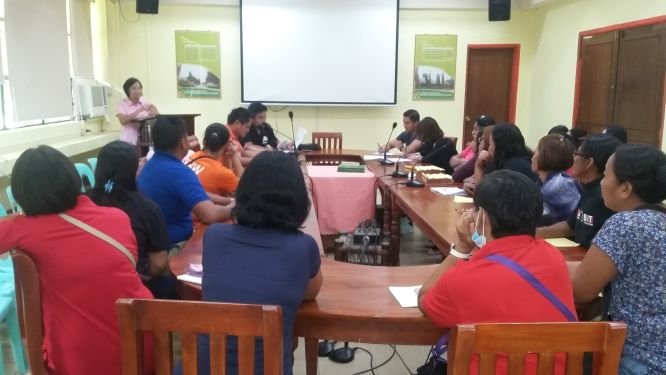During July-September 2023 reporting period, the project team developed two distinct websites to further its objectives. The first website, dedicated to childhood and adolescent TB contact tracing, is undergoing enhancements and security encryption measures. The project's stakeholders have been actively informed of this resource, as the
link to the site was shared with the General Coordinators of healthcare workers across the 18 catchment sites. The second website which remains under development will be integral to sustaining the project's accomplishments. Ongoing work includes uploading relevant documents to the website, and a plan to merge the Contact Tracing website with the CATB domain, with intentions to share it in the near future.
Regarding the provision of APL/Chest X-ray services for school children and adolescents aged 5-17, reports from the catchment sites reveal that 196 children and adolescents were referred to the laboratories as of September 23, 2023. These referrals are part of agreements established through Memorandums of Agreement (MOA) with the project. Some sites have yet to provide their data, while others are expected to commence referrals in the coming quarter. Two sites in Isabela have revised their MOAs and are in the process of securing signatures again.
In terms of stakeholder engagement, two Provincial Stakeholders’ dissemination meetings took place during this quarter. The first meeting took place on July 5, 2023, in the Province of Kalinga with 36 participants attending, including representatives from Provincial Local Government Units, the Health Sector, Municipal and City Health Offices, and the Governor's Office. The second meeting occurred on September 29, 2023, in the Province of Isabela and involved 26 stakeholders, including local healthcare workers in the TB Program, two Medical Doctors, and members of the project team.
Unfortunately, due to typhoons and heavy flooding in the Province of Pangasinan, a planned meeting for that area was rescheduled to the following quarter. Additionally, plans for meetings with the Centers for Health Development regional offices in Region I and Cordillera Region, along with training sessions for selected science teachers in the Province, will also be deferred to the next quarter.
In cooperation with the Provincial Health Offices and Health Promotion Officers, the project is coordinating training sessions for school-based science teachers across the catchment sites. These trainings have been rescheduled to commence on October 10 and are set to occur in four separate schedules during the next quarter.





